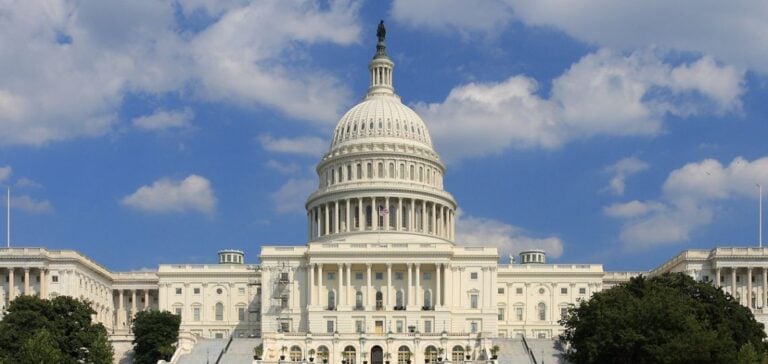Recent tariff policies adopted by the United States are expected to significantly raise energy production costs and slow project development, according to an analysis published by consulting firm Wood Mackenzie. The report assesses the impact of these tariffs across the sector, highlighting the risks to technologies heavily dependent on imports, especially from China.
Titled All aboard the tariff coaster: implications for the US power industry, the study relies on the P&R Supply Chain Cost Hub simulation tool to measure tariff impacts under two scenarios. The first, labelled “trade tensions”, assumes a 10% overall tariff rate and a specific 34% tariff on China by the end of 2026. The second, referred to as a “trade war”, envisions a continuation of aggressive tariff policy through 2030, with an overall rate of 30%. Under these conditions, most technologies would see cost increases ranging from 6% to 11%.
Energy storage facing more than 50% increase
Utility-scale energy storage systems are expected to be the most affected. In 2024, nearly all battery cells used in the United States came from China. This dependency makes the segment particularly vulnerable to rising tariffs. The study indicates that, depending on the scenario, storage project costs could increase by anywhere from 12% to over 50%.
Domestic US production does not offset this dependence. Wood Mackenzie estimates that local manufacturing capacity could only meet 6% of demand in 2025. This share could reach 40% by 2030, but until then the gap remains significant. “Domestic manufacturing capacity is not expanding fast enough to meet current demand,” said Chris Seiple, Vice Chairman of Power and Renewables at Wood Mackenzie.
US solar market becomes most expensive globally
The US solar sector is also feeling the impact of tariffs. Solar modules are already subject to duties, in addition to high interconnection costs linked to electricity transmission policy. The report notes that a utility-scale solar project in the United States now costs 54% more than in Europe and 85% more than in China.
According to Chris Seiple, “further tariff increases will only worsen the premium US consumers must pay to access solar energy.” This trend positions the United States as one of the most expensive solar markets globally, affecting project profitability and international competitiveness.
Limited visibility for energy sector investors
Trade policy volatility is creating persistent uncertainty in a sector defined by five-to-ten-year planning cycles. Tariff evolution directly influences investment decisions, electricity purchase agreement pricing, and the overall energy supply chain.
“Not knowing what a project will cost next year is disruptive for the entire industry,” Seiple noted. In this context, delays in energy project development are likely to increase, and power purchase prices may rise, with little clarity for market participants.






















